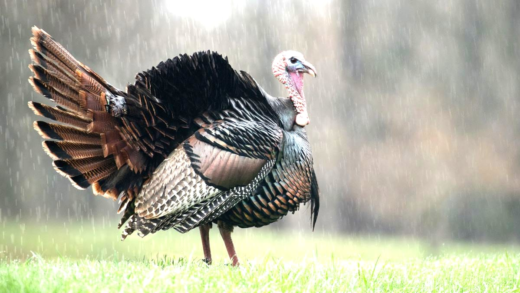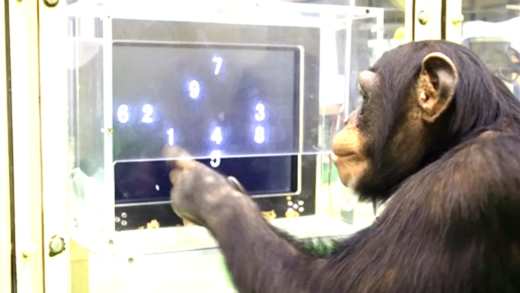Bunnies and rabbits are often confused but represent different aspects of the same species. Baby bunnies are young rabbits, and misconceptions abound regarding their intelligence and social nature. Rabbits play a significant role in folklore, symbolizing fertility and cleverness. There are various breeds of rabbits, each with distinct characteristics, making them fascinating creatures to learn about and care for.
The Big Question: What’s the Difference Between Bunnies and Rabbits?
The difference between bunnies and rabbits often confuses many. In casual conversation, people use these terms interchangeably. However, scientifically, they have distinct meanings. The term “bunny” is a colloquial term often used affectionately to refer to young rabbits or small rabbits in general. In contrast, “rabbit” refers to a specific group of animals within the family Leporidae.
Rabbits are generally larger and have longer ears compared to bunnies. Bunnies, on the other hand, evoke a sense of cuteness and innocence, usually referring to younger rabbits or pets. Thus, while all bunnies are rabbits, not all rabbits are bunnies. This distinction helps clarify any confusion regarding these adorable creatures.
Baby Bunny vs Baby Rabbit: Are They the Same?
When discussing baby bunny vs baby rabbit, the terms can lead to misunderstandings. Both terms refer to the young of the rabbit species, but “baby bunny” often implies a more affectionate or informal context. Baby rabbits, scientifically called kits or kittens, are born hairless and blind. They rely on their mothers for warmth and nourishment.
As they grow, baby bunnies develop fur and begin to open their eyes, typically around 10 days old. Understanding these stages helps clarify the growth process of these adorable creatures. In essence, while both terms describe the same young rabbits, “baby bunny” is more of a term of endearment.
Rabbit vs Hare: Key Characteristics That Set Them Apart
Rabbit vs hare characteristics reveal significant differences between these two animals. Both belong to the same family, but they exhibit distinct traits. For instance, hares are generally larger than rabbits, with longer ears and powerful hind legs designed for speed. Hares are born fully furred and with their eyes open, ready to hop away from predators almost immediately.
Conversely, rabbits have a more social nature, often living in groups and constructing burrows for shelter. Their young are born hairless and helpless, depending on their mothers for survival. These differences highlight the unique adaptations each animal has evolved to thrive in their respective environments.
- Size: Hares are larger than rabbits.
- Habitat: Rabbits prefer burrows; hares prefer open fields.
- Reproduction: Hares are precocial; rabbits are altricial.
Family Ties: How Bunnies, Rabbits, and Hares are Related
Understanding how bunnies, rabbits, and hares are related involves looking at their evolutionary family tree. All three belong to the family Leporidae, which includes various species of rabbits and hares. Bunnies are often seen as a cute, informal term for young rabbits. In fact, all bunnies are rabbits, but not all rabbits are bunnies. This relationship can be confusing because people often use these terms interchangeably.
Rabbits are further divided into several genera, with the most common being the genus Oryctolagus, which includes the European rabbit. Hares belong to the genus Lepus. The key difference in their evolutionary paths is that hares evolved to be more solitary and adapted to open habitats, while rabbits developed social structures and burrowing behaviors. This divergence highlights the unique adaptations each has made to survive in their environments.
Preferred Habitats: Where Do Bunnies and Rabbits Live?
When discussing the habitats of bunnies and rabbits, it’s essential to note their preferences. Rabbits thrive in various environments, including forests, grasslands, and even urban areas. They prefer areas where they can dig burrows for shelter. In contrast, bunnies, as younger rabbits, typically stay close to their mothers’ nesting sites until they are old enough to venture out.
Here are some common habitats for these adorable creatures:
- Grasslands: Ideal for rabbits, providing ample food and hiding spots.
- Forests: Offer shelter and protection from predators.
- Urban areas: Increasingly, rabbits adapt to suburban environments, utilizing gardens and parks.
Understanding their habitats helps in appreciating their role in ecosystems and their adaptability to changing environments.
Behaviors and Temperaments: Are Bunnies and Rabbits Different?
Rabbit behavior and temperament can vary significantly between bunnies and adult rabbits. Adult rabbits are generally more social and can often be seen in groups, while bunnies tend to be more playful and curious. As they grow, their personalities can develop based on their environment and social interactions.
Some key behavioral traits include:
- Social Structure: Adult rabbits often live in colonies, while bunnies may initially stay close to their mothers.
- Playfulness: Bunnies exhibit more playful behavior, hopping and exploring their surroundings.
- Territoriality: Adult rabbits can be territorial, especially males during mating seasons.
These behaviors highlight the adaptability and social nature of rabbits, making them fascinating animals to observe.
Common Misconceptions: What People Get Wrong About Bunnies
The difference between bunnies and rabbits often leads to misconceptions. Many people think that bunnies are a different species or that they are all pets. However, the term “bunny” is often just a cute way to refer to young rabbits. Additionally, some believe that all rabbits are social animals, but this isn’t always the case. Some breeds prefer solitude, while others thrive in groups.
Another common myth is that bunnies are less intelligent than adult rabbits. In reality, baby bunnies, or kits, are just as intelligent but are still learning about their surroundings. Understanding these misconceptions helps foster a better appreciation for these creatures.
- Misconception 1: Bunnies and rabbits are different species.
- Misconception 2: All rabbits are social and friendly.
- Misconception 3: Baby bunnies are less intelligent than adult rabbits.
The Role of Rabbits in Folklore and Culture
Rabbits hold a significant place in folklore and culture across the globe. From the Easter Bunny in Western traditions to the Moon Rabbit in Asian mythology, these creatures symbolize various themes, including fertility, rebirth, and cleverness. The Easter Bunny, for instance, represents spring and the renewal of life, making it a central figure during the Easter celebrations.
In various cultures, rabbits are often depicted as tricksters, showcasing their cunning nature. This portrayal can be seen in stories and fables, where rabbits outsmart larger animals, emphasizing their cleverness. The cultural significance of rabbits showcases their ability to capture human imagination and become symbols of different values and ideas.
- Folklore Examples: Easter Bunny, Moon Rabbit.
- Symbolism: Fertility, rebirth, cleverness.
Types of Bunnies and Rabbits: A Quick Overview
When exploring the types of bunnies and rabbits, it’s essential to understand the diversity within these groups. Rabbits can be categorized into several breeds, each with unique characteristics. Some popular breeds include the Holland Lop, known for its floppy ears, and the Netherland Dwarf, a small and affectionate breed.
Bunnies, as young rabbits, can also belong to any of these breeds. Their behavior and characteristics will depend on their breed and upbringing. Understanding the variety of rabbits helps potential owners choose the right pet and appreciate the unique qualities of each breed.
- Popular Rabbit Breeds: Holland Lop, Netherland Dwarf, Rex.
- Characteristics: Size, temperament, fur type.





Comments are closed.